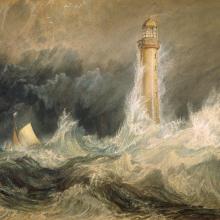
REVIEWED BY RHYS FULLERTON
Every January, the Scottish National Gallery puts on an exhibition to rival most.
The Henry Vaughan bequest, featuring 38 of J.M.W. Turner’s stunning watercolours, has been shown each January, as stipulated, for over 100 years.
The strict condition of its timing only enhances the generosity of the gift, as limiting the watercolours’ exposure to daylight has helped preserve them for all these years.
Vaughan, a London art collector with a passion for Turner’s work, wanted this exceptional collection to be exhibited to the public free of charge and all at one time, and that is exactly what the Scottish National Gallery continues to do.
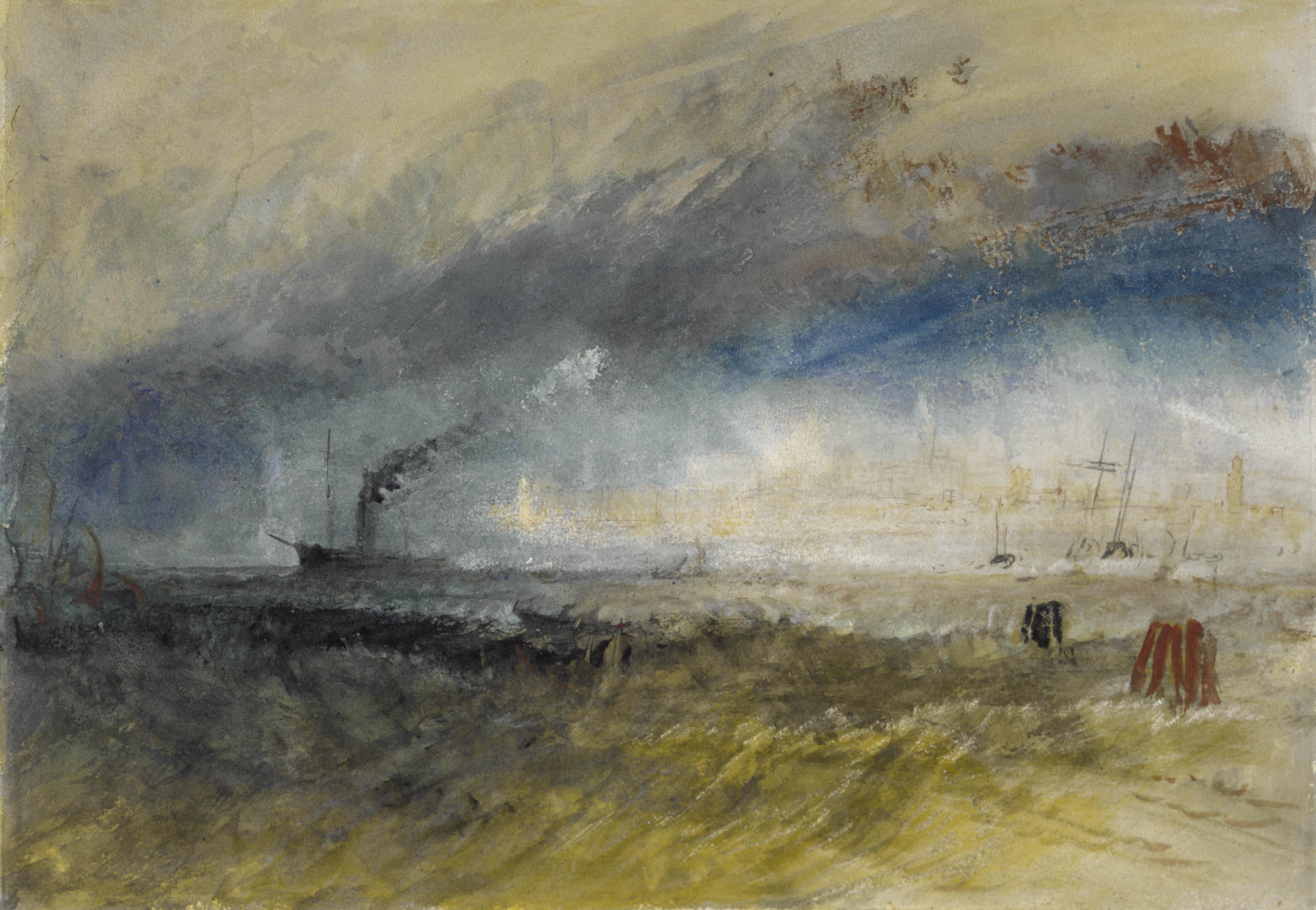
It’s evident from the very start of his career that Turner had an exceptional talent, but it’s interesting to contrast the two watercolours of Durham and see the development and progression in style between 1801 and circa 1835. They both are fine works and both feature Durham Cathedral, but the first watercolour is much more traditional whereas the later work is grander and dreamier, as if it was set in a fairy tale.
Turner never travelled beyond Europe and he didn’t need to. There was already enough inspiration in the places he managed to visit. 'Heidelberg' (below) is one of the largest ‘Vaughan Turners’ in Edinburgh and it is also one of the best. Depicting the ancient town and castle, Turner produces something stunning and mystical; the powerful setting sun makes it a picture of sheer beauty.
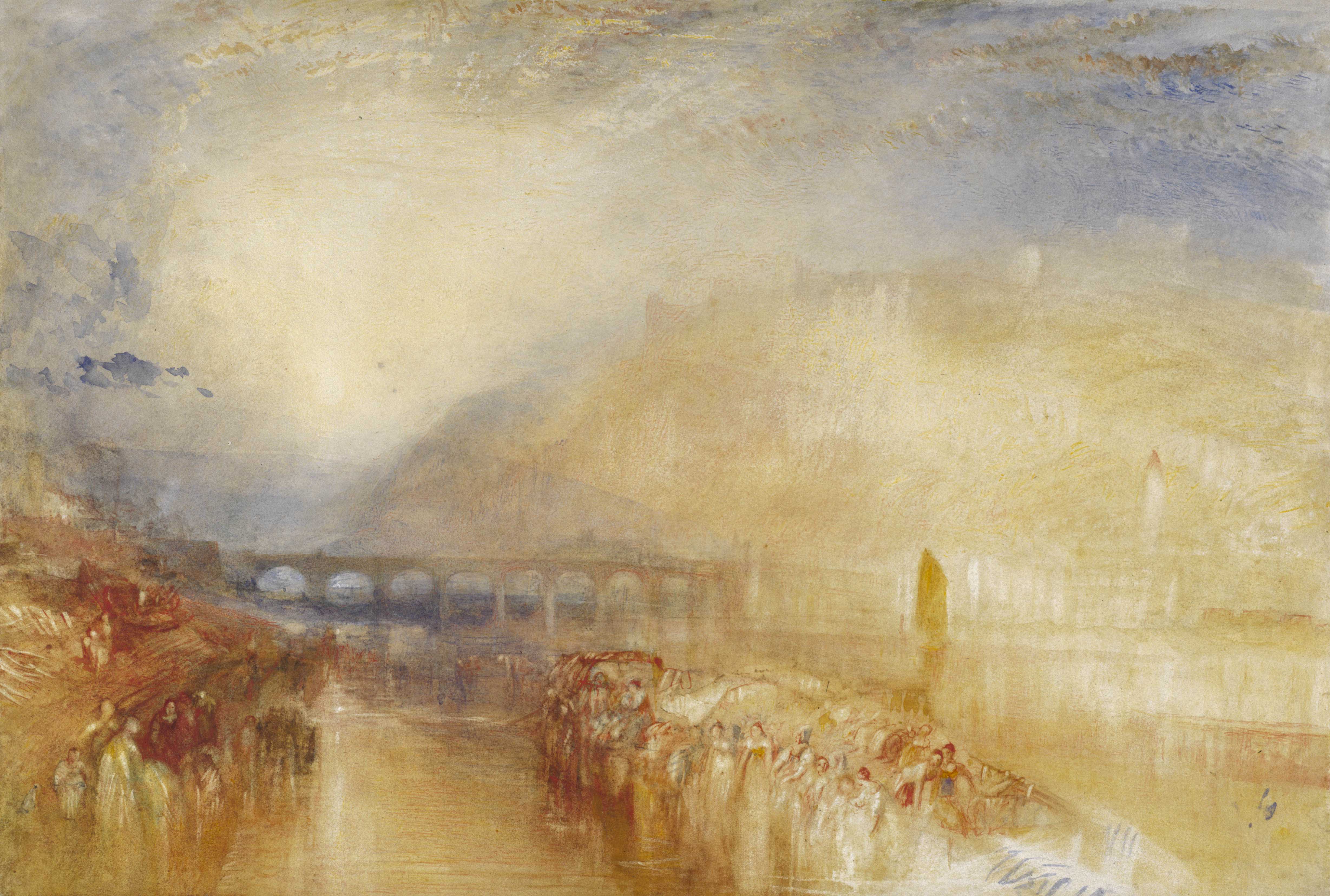
'The Piazzetta, Venice' was painted on his final visit and shows a lightning striking in the square with people running for cover. The technique for creating this effect was to scratch the surface of the watercolour to reveal the white of the paper beneath, a technique he used often in his work.
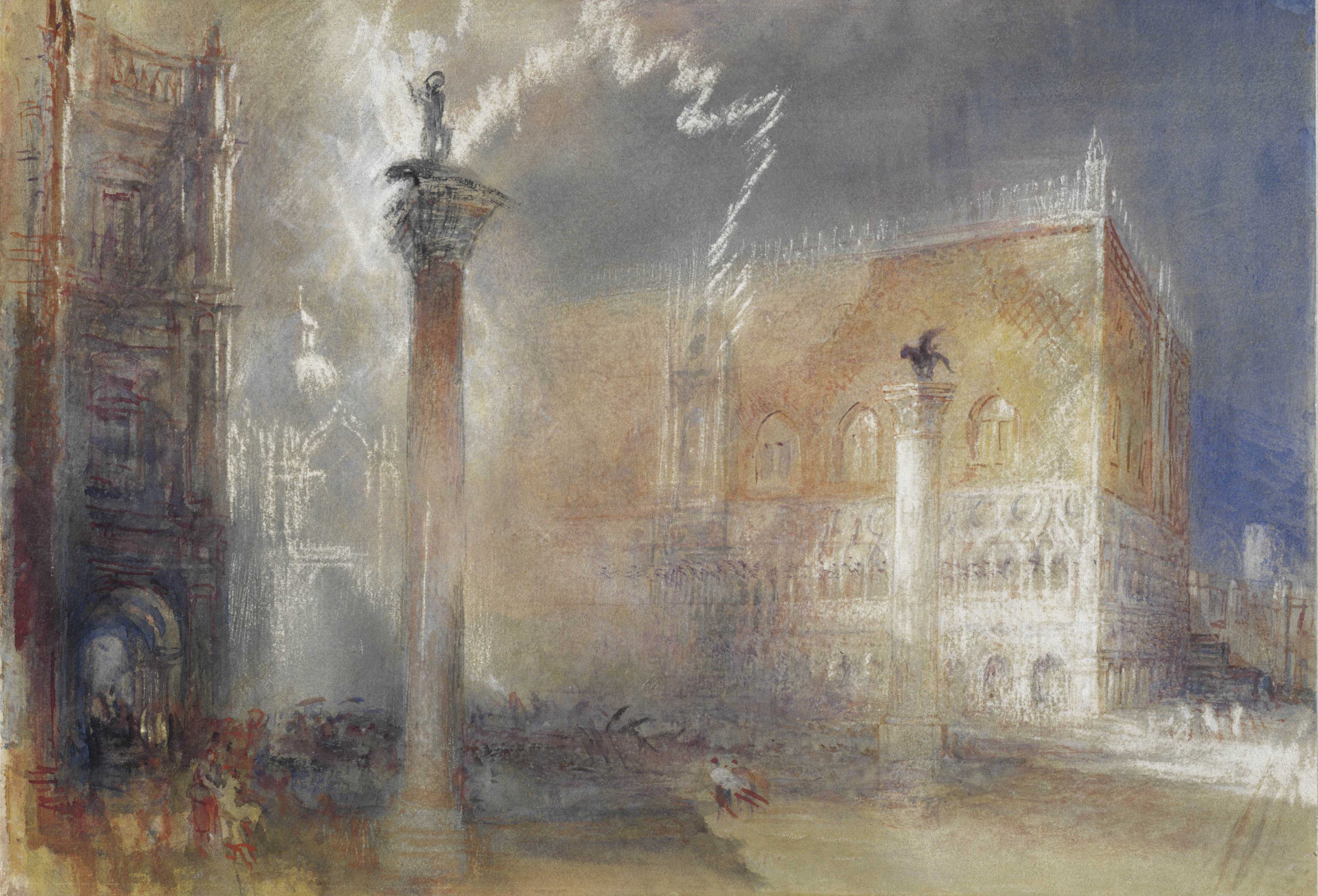
My own personal favourite in this collection – 'Loch Coruisk, Skye' (below) – is roughly the size of a postcard. The mountain range and the clouds merge together, making it an intense and dramatic scene. The figures in the foreground give you an idea of the immense scale of the hills. It goes to show that you don’t need to paint on a grand scale to get the desired effect; this watercolour is a mini-masterpiece.
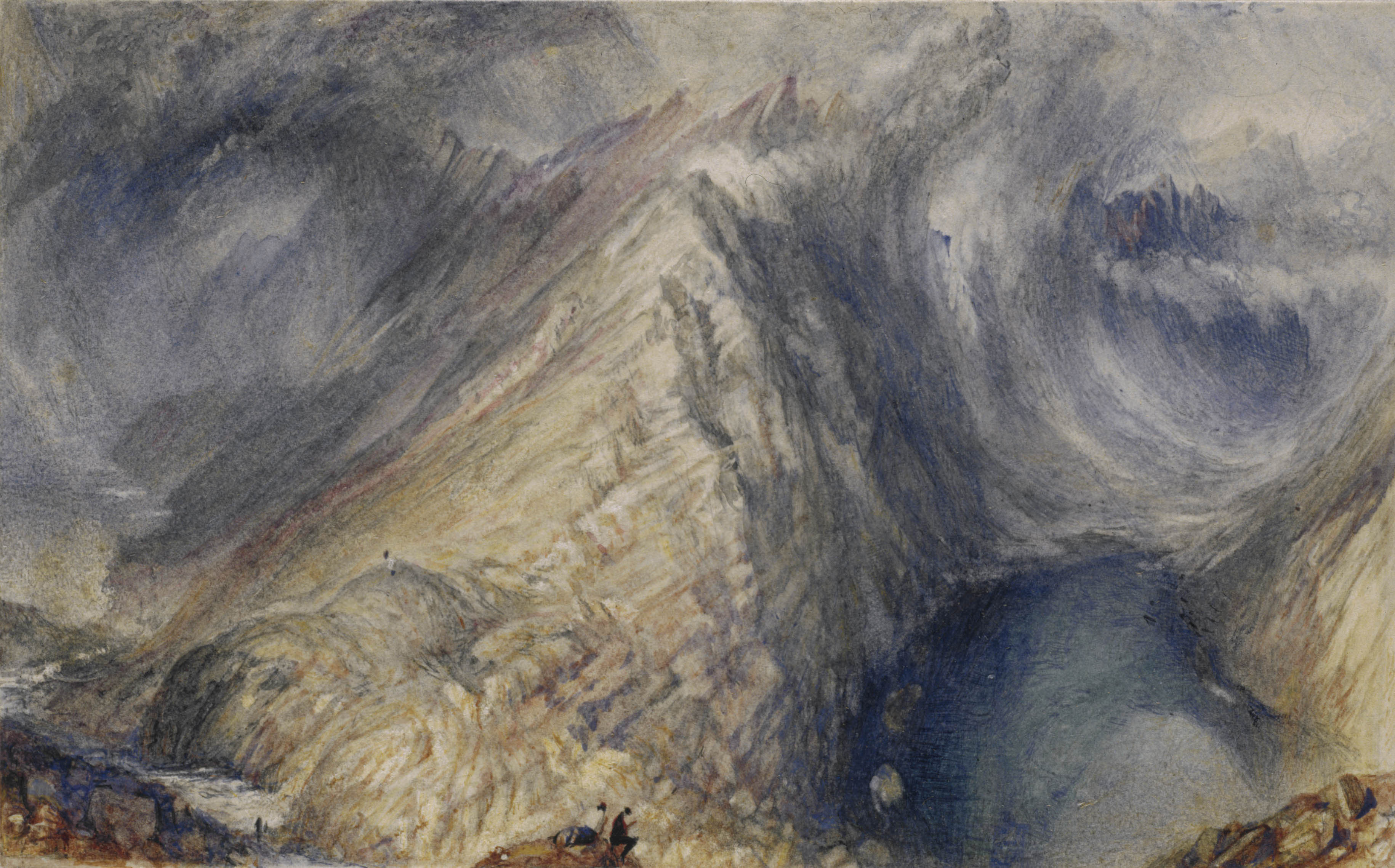
Turner in January has become a regular part of the Edinburgh cultural calendar and every year you get the chance to rediscover these exquisite works as if for the first time. If you’ve never seen them before, or if it’s been a while since you last visited, a trip to the Scottish National Gallery on the Mound will not disappoint.
Turner in January continues at the Scottish National Gallery until 31 January 2015. Admission free.
[Images, all courtesy of the Scottish National Gallery, top to bottom: 'Bell Rock Lighthouse', 1819, water and gouache with scratching out on paper (purchased by Private Treaty Sale 1989 with the aid of funds from the National Heritage Memorial Fund and the Pilgrim Trust); 'Venice from the Laguna', 1840, water and gouache and pencil with scraping out on paper; 'Heidelberg', c.1846, water, gouache and pen and ink, with scraping out on paper; 'The Piazzetta, Venice', 1840, water and gouache and pen and ink, with scraping out on paper; 'Loch Coruisk, Skye', 1831–4, watercolour with scraping out on paper.]